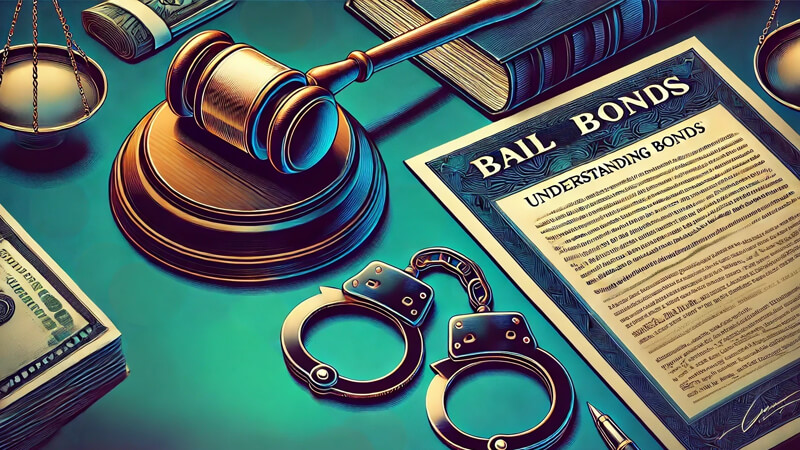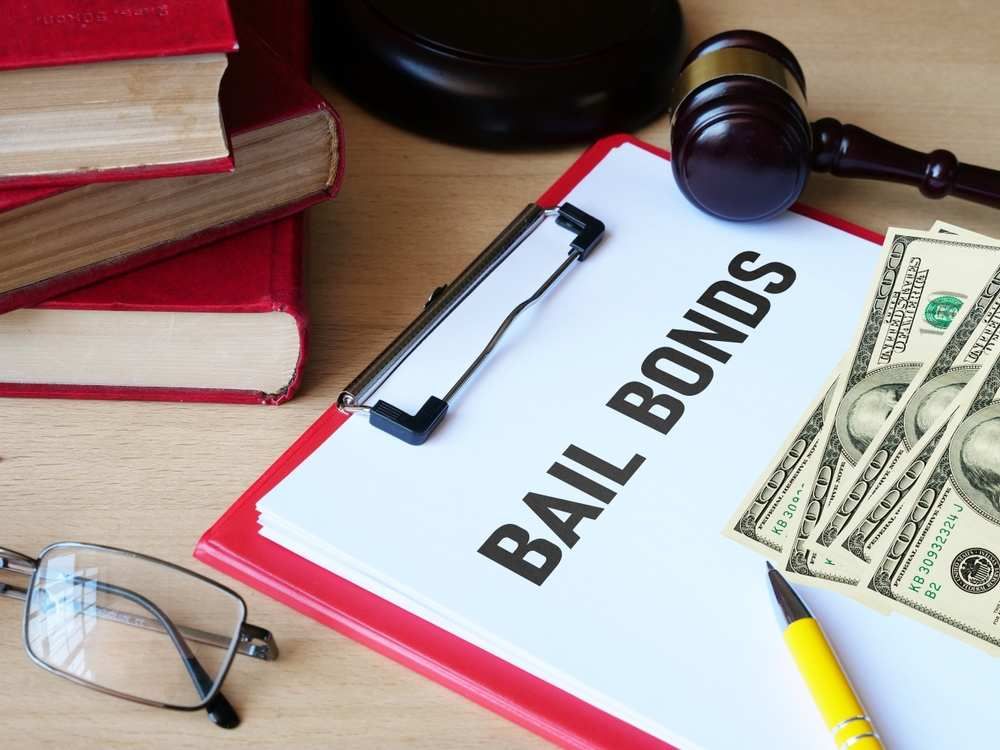Recognizing Your Legal Rights When Utilizing a Bail Bondsman
Recognizing Your Legal Rights When Utilizing a Bail Bondsman
Blog Article
Exactly How Bail Bonds Job: A Detailed Summary
Bail bonds play a critical role in the lawful procedure by providing a system for people to secure their release from protection while awaiting test. Recognizing the complexities of exactly how bail bonds operate, including the functions of courts, bail bondsmen, and the different costs entailed, can be important for any individual navigating this complicated system.
What Are Bail Bonds?
Bail bonds are frequently made use of in the criminal justice system as a financial warranty that an implicated individual will certainly show up in court as called for. When a person is arrested, a judge may set a bail amount based upon numerous variables, consisting of the extent of the offense, the defendant's criminal history, and the risk of trip. They might look for the help of a bail bondsman. if the implicated can not afford the bail amount - Los Angeles Bail Bondsman.
A bail bond is a contract between the offender, the bail bondsman, and the court, ensuring that the defendant will certainly accomplish their lawful commitments. For a charge, usually a portion of the total bail quantity, the bail bondsman offers the court with a surety that assures the bail. If the implicated fails to show up in court, the bail bondsman is in charge of paying the full bail total up to the court, which might lead them to go after the defendant for recuperation.
Bail bonds serve to facilitate the release of individuals waiting for test, allowing them to maintain their work and household responsibilities while ensuring conformity with court appearances. This system is integral to stabilizing the legal rights of the accused with the passions of public security and judicial integrity.
The Bail Process Clarified
After comprehending the role of bail bonds in the criminal justice system, it is essential to outline the bail procedure itself. When an individual is detained and taken into wardship, the bail process begins. Adhering to the arrest, the accused is generally brought prior to a judge for a preliminary hearing, where the court will establish whether to give bail and set the amount.
If bail is granted, the accused has several choices to safeguard their release. They may pay the complete bail amount in money, which is returned upon the completion of their court obligations. Additionally, the offender can seek the help of a bond bondsman, who charges a non-refundable charge-- generally a percentage of the overall bail amount-- to publish bail on their part.
Once bail is published, the offender is launched from safekeeping with the understanding that they need to participate in all set up court appearances. Failing to appear can lead to the forfeit of the bail and extra lawful effects. The procedure ends when the case is dealt with, at which point the bail is either returned or kept by the bondsman as settlement for their services.

Kinds Of Bail Bonds
Numerous options exist when it pertains to protecting a launch from safekeeping through bail bonds. Comprehending the different types can aid accuseds and their family members make notified options.
The most common type is the guaranty bond, which entails a third-party bail bondsmansman who guarantees the full bail quantity to the court in exchange for a non-refundable charge, usually around 10% of the bail quantity. This alternative is commonly utilized due to its accessibility for people that may not have the financial means to pay the complete bail upfront.
Another kind is the money bond, where a co-signer or the accused pays the overall bail quantity in cash directly to the court. Upon successful completion of the case, the funds are refunded, minus any kind of suitable charges.

Finally, immigration bonds are particularly made for people detained by immigration authorities, promoting their launch while they await lawful procedures. Each kind of bail bond serves unique objectives, dealing with numerous conditions and needs within the lawful system.
Elements Influencing Bail Costs
Several key elements affect the total expense of bail, figuring out just how a lot an offender or their family members might require to spend for release. One of the key aspects is the seriousness of the charges. Felony costs generally lead to greater bail amounts compared to violations due to the viewed risk of trip and the possible consequences of the violation.

The defendant's economic situation can also impact the bail amount. Courts may consider a defendant's revenue and assets when establishing bail, potentially resulting in greater costs for those with better financial resources. Finally, the schedule of security may impact the needed payment. If a bondsman regards a higher danger, they may set a higher premium, more enhancing the costs related to protecting a bail bond. Recognizing these aspects can aid click this site defendants and their families get ready for the monetary effects of protecting bail.
Duties of the Indemnitor
Once bail has actually been safeguarded, the responsibilities of the indemnitor, or the person that agrees to back the bail bond, come into play. The indemnitor is largely responsible for making sure that the accused attends all set up court looks. Failure to do so might result in the loss of the bail bond and potential lawful effects for the indemnitor.
In addition, the indemnitor is obliged to pay off the bail bond company the sum total of the bond if the accused stops working to show up in court. This includes any type of costs or costs incurred by the bail representative in recovering the defendant, which might better intensify the monetary problem on the indemnitor.
The indemnitor must additionally maintain open communication with both the offender and the bail bondsman, offering any type of essential updates related to the defendant's situation. It is important for the indemnitor to remain mindful of the lawful responsibilities and effects related to the bail bond, as lack of knowledge might cause unexpected responsibilities.
Final Thought
In summary, bail bonds act as an essential system within the criminal justice system, helping with the release of defendants while guaranteeing their appearance in court. Recognizing the numerous types of bail bonds, the complexities of the bail procedure, and the elements affecting bail expenses is essential for navigating this complex landscape. In addition, recognition of the duties birthed by the indemnitor highlights the significance of notified decision-making when engaging with bail bond solutions.
Recognizing the more details of how try these out bail bonds operate, including the roles of courts, bail bondsmen, and the different costs involved, can be necessary for any individual navigating this complex system.After comprehending the function of bail bonds in the criminal justice system, it is crucial to outline the bail process itself. The accused can look for the assistance of a bond bondsman, that charges a non-refundable cost-- normally a portion of the total bail quantity-- to publish bail on their behalf.
If a bail bondsman views a greater risk, they might set a higher costs, further enhancing the costs linked with safeguarding a bail bond. Understanding the different types of bail bonds, the ins and outs of the bail process, and the elements influencing bail costs is important for navigating this complicated landscape.
Report this page